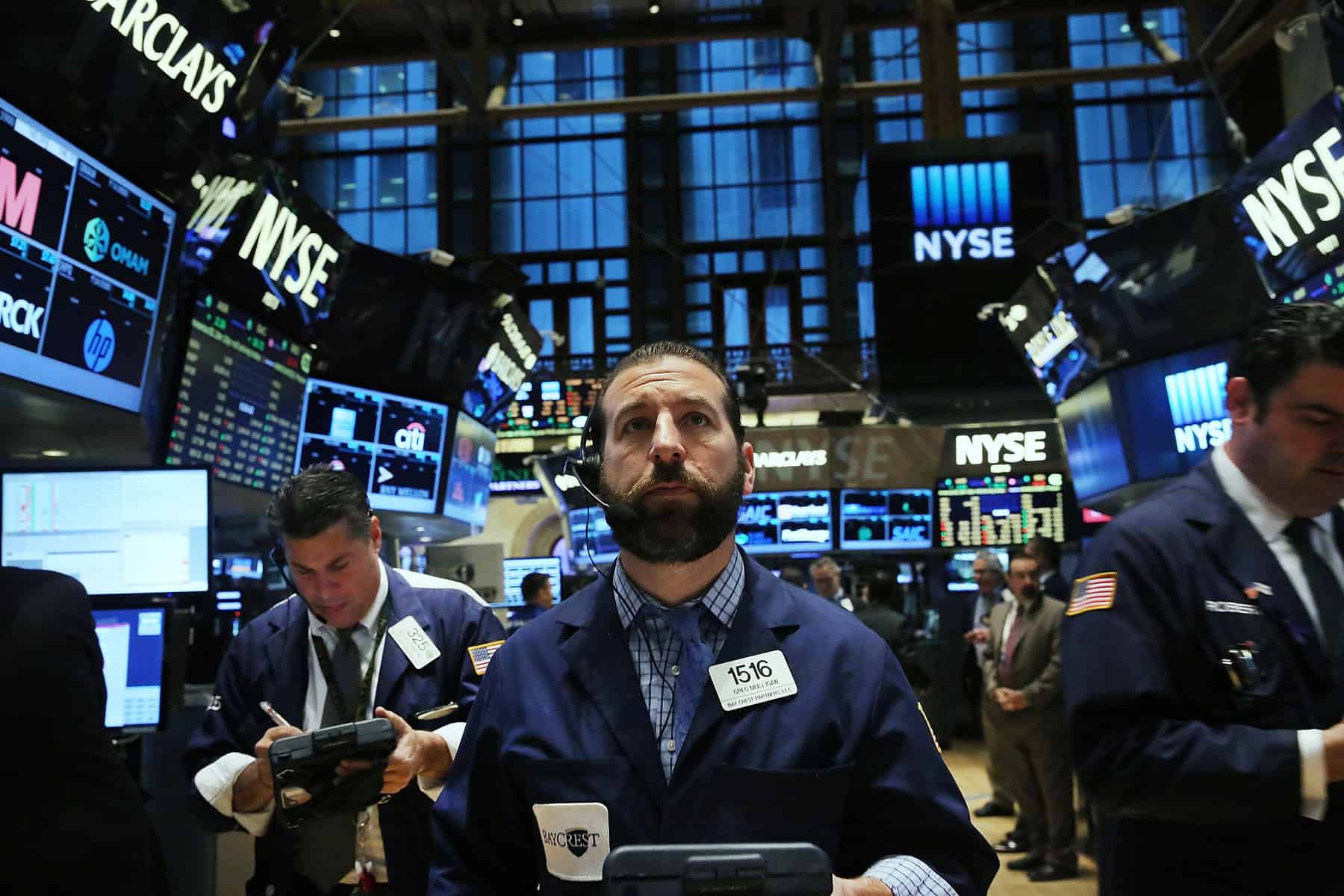
The stock market suffered heavy losses amid continuing trade-war threats between the United States and China. The U.S. stepped up its threats over the weekend, as President Trump planned to bar Chinese companies from investing in U.S. technology companies. Top Chinese stock Alibaba (BABA) fell under its recent buy point and to a key support level.
The Dow Jones industrial average dropped about 300 points, or 1.2%, while the S&P 500 followed up with a loss of 1.1%. The tech-heavy Nasdaq was hit the hardest with a 1.5% decline.
Among the Dow stocks, Intel (INTC) fell 2% after Nomura downgraded the stock from buy to neutral, while lowering the price target from 60 to 55. Shares fell further below the 50-day line and are about 3.5% below a 53.88 flat-base entry, according to MarketSmith chart analysis.
On the upside, Walmart (WMT) advanced about 1.5%, as it looked to extend a winning streak to five trading sessions. Shares are trying to recapture their 50-day line, but remain under their longer-term 200-day moving average.
Top Chinese stocks were hit particularly hard. E-commerce giant Alibaba stumbled nearly 5%, as it traded below its 50-day moving average line — a critical support level. Hot IPOs Huya (HUYA) and iQiyi (IQ) plunged 7% and 9%, respectively.
Among the FANG stocks, Netflix (NFLX) fell 5% while Amazon.com (AMZN) dropped over 2%. Video streaming platform Netflix is on pace for three straight down days since reaching the 20%-25% profit-taking level from a 338.92 flat-base entry last week.
Amazon is also set to extend a losing streak to three trading sessions. It remains about 5% from its 50-day support level.
Inside The IBD 50
Among the top growth stocks, almost all of the IBD 50 stocks held losses greater than 1%, including graphics-chip maker Nvidia (NVDA) and Micron Technology (MU).
Nvidia fell 3%, falling through its 50-day line in early morning trade. This is the first time the stock has been below this support level since a May 7 breakout above a 239.35 double-bottom entry.
Micron Technology dipped almost 5% on its way below its own 50-day line. A previous breakout above a 63.52 cup-shaped base buy point failed on May 31 when it fell more than 7% below the buy point.

